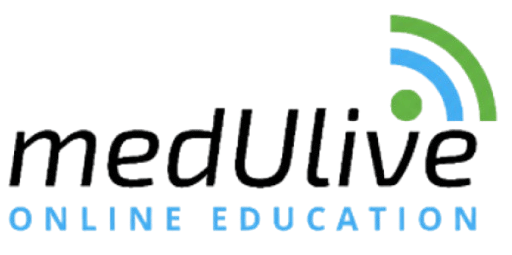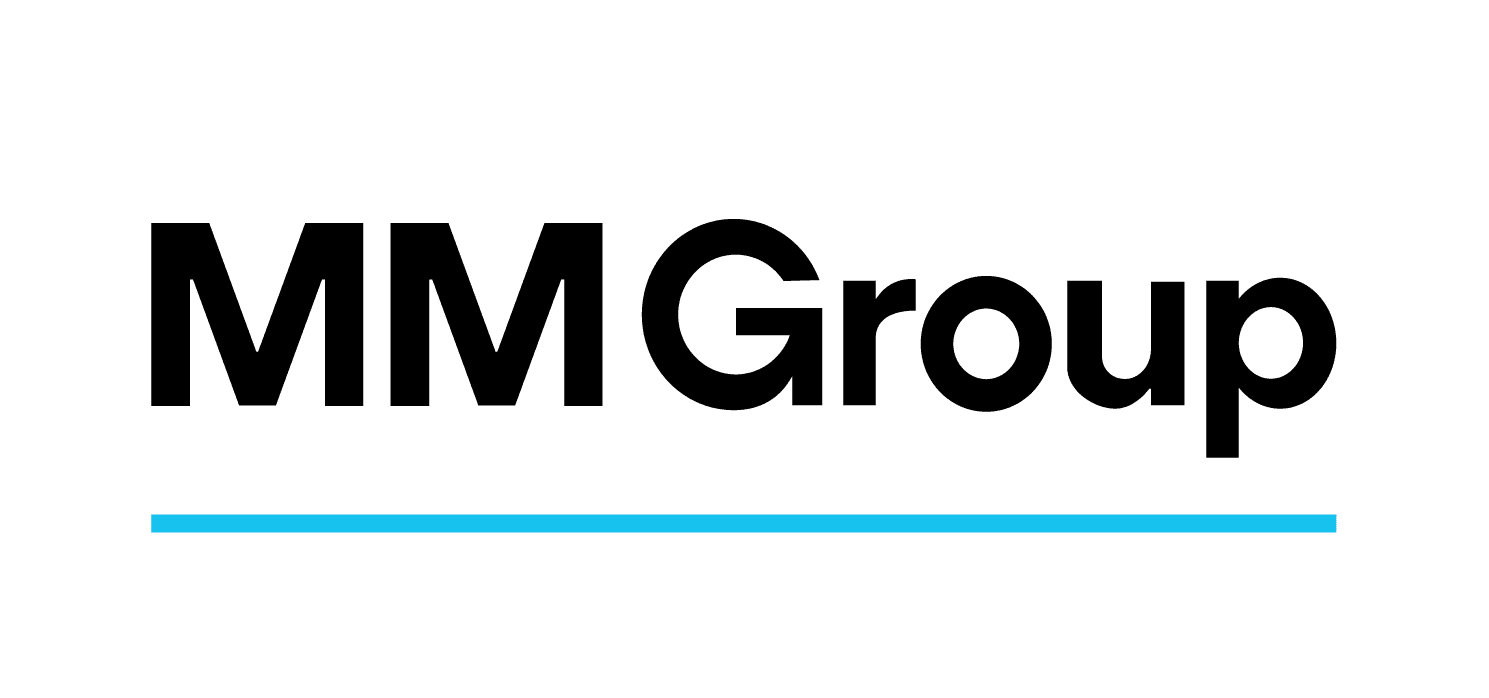Back to Blog
Uncategorized
Featured
Crisis Communication in Healthcare: Managing Public Trust
Essential frameworks for maintaining transparent and effective communication during healthcare crises while preserving public confidence.

Crisis Communication in Healthcare: Managing Public Trust
Effective crisis communication in healthcare is essential for maintaining transparency and public confidence while ensuring the accurate dissemination of information during challenging times.
The Critical Nature of Healthcare Crisis Communication
Healthcare crises necessitate immediate, accurate, and empathetic communication. Such responsiveness is vital for preserving public trust, preventing panic, and facilitating coordinated response efforts among various stakeholders.
Crisis Communication Framework
Rapid Response Protocols
To ensure an effective response, healthcare organizations must establish rapid response protocols. This includes maintaining a 24-hour communication readiness, which allows for immediate action. Pre-approved messaging templates should be developed for common crisis scenarios, enabling swift and consistent communication. Stakeholder notification systems are crucial for coordinating messages across all parties involved. Additionally, implementing media management strategies helps control the flow of accurate information, mitigating the risk of misinformation.
Transparency and Trust Building
Building trust during a crisis hinges on transparency. Organizations must provide an honest assessment of the crisis's scope and implications, offering regular updates on the situation's development and the response efforts. Acknowledging uncertainty when information is incomplete is crucial for maintaining credibility. Furthermore, having correction protocols in place for managing misinformation is essential to uphold public trust.
Multi-Channel Communication Strategy
Traditional Media Management
An effective crisis communication strategy involves managing traditional media outlets. This includes developing clear and factual press releases and conducting media interviews with designated spokespeople. Press conferences serve as a platform for sharing significant developments, while editorial coordination ensures consistent messaging across all channels.
Digital Communication
In today's digital age, it is imperative to utilize online platforms effectively. Monitoring social media allows organizations to detect and address misinformation promptly. Real-time updates should be disseminated through official digital channels, and community engagement can be enhanced through interactive platforms. Furthermore, sending mobile alerts for urgent public health information ensures that critical messages reach the public swiftly.
Stakeholder-Specific Messaging
Healthcare Professionals
Communication with healthcare professionals must include timely updates on clinical guidance to aid patient care decisions. Safety protocols should be clearly outlined to protect healthcare workers, while information regarding resource allocation is vital for operational planning. Additionally, providing professional support resources helps healthcare professionals manage crises effectively.
General Public
For the general public, it is essential to convey prevention measures in clear and actionable terms. Risk assessments should be communicated in an easily understandable manner, and information regarding service availability is crucial for ensuring healthcare access. Lastly, sharing community support resources and contact information fosters a sense of connection and assistance.
Government and Regulators
For government entities and regulators, compliance reporting is necessary to meet regulatory requirements, while coordination efforts with public health authorities must be highlighted. Assessing and requesting resource needs is vital for effective crisis management, and providing policy recommendations based on the crisis experience can aid future preparedness.
Long-term Trust Recovery
Post-Crisis Analysis
Once a crisis has passed, a thorough analysis is necessary to evaluate communication effectiveness and glean lessons learned. Collecting and analyzing stakeholder feedback is essential for understanding the impact of the communication strategy. Implementing process improvements based on this feedback will enhance preparedness for future crises. Additionally, rebuilding relationships with affected communities is crucial for long-term trust recovery.
Preparedness Enhancement
To bolster future crisis communication efforts, organizations should conduct crisis simulation exercises for communication teams. Training programs for designated spokespeople enhance their effectiveness during real crises. Upgrading communication infrastructure through technology improvements is also necessary. Finally, strengthening partnerships with key stakeholders ensures a unified response in times of crisis.
In summary, effective crisis communication in healthcare requires meticulous preparation, unwavering transparency, and a steadfast commitment to public welfare. By ensuring that accurate information reaches all stakeholders, organizations can maintain the trust essential for an effective crisis response.






.jpg)